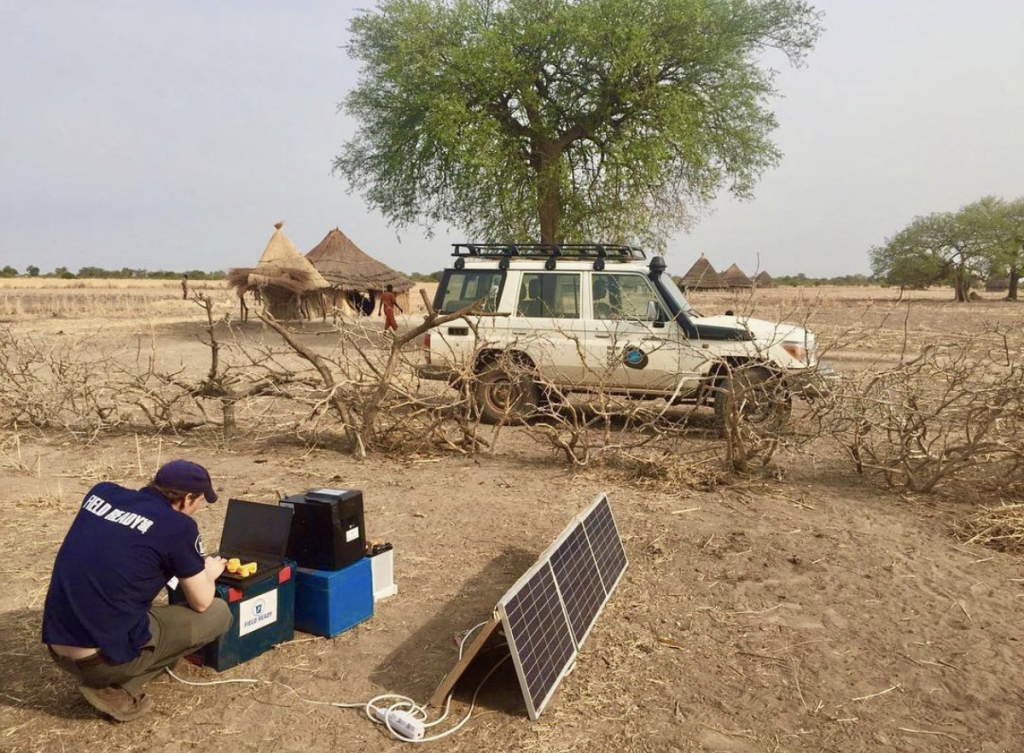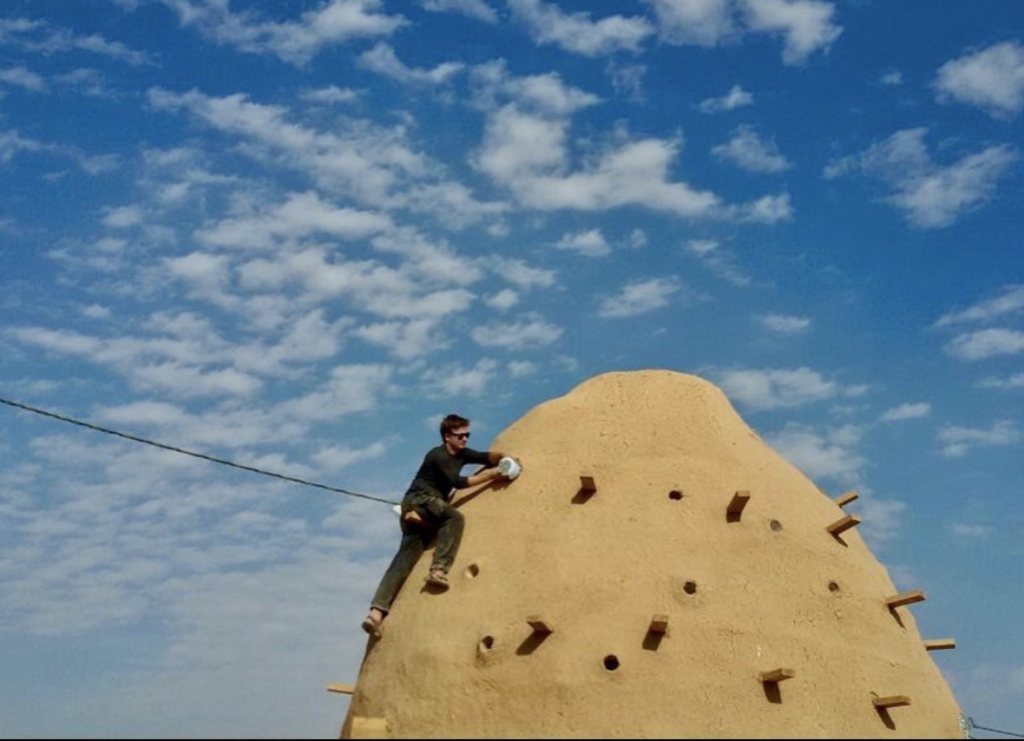3D printing has revolutionised industries, ranging from fashion & sport to medical & engineering. However, this new technology has only scraped the surface of its potential. One area which is destined to be transformed through 3D printing is humanitarian aid.
As our climate continues to be increasingly unpredictable, the frequency of natural disasters rises in parallel. Recent studies have highlighted this, showing that from 1980 to 2009 there was an 80 percent increase in the number of recorded climate-related disasters.
The World Health Organisation (WHO) estimates such disasters kill over 90,000 and affect over 160 million people each year. Sadly, the majority of those affected live in impoverished areas, where infrastructure is already poor and vulnerable, and delivering aid can prove problematic.
An increase in urbanisation, plus a growing population, has also contributed to a surge in the financial costs of natural disasters in recent years. This is clear when comparing the United States natural disaster cost of $307 billion for 2017, against the global natural disaster cost between 1981 and 1990 of $528 billion.
By integrating 3D printing into humanitarian aid efforts the overall cost of natural disasters will decrease; due to the relatively low-costs associated with the technology compared to current aid efforts. It will also dramatically help those who are affected by natural disasters, as the versatility of its printing abilities will give communities the opportunity to print necessary equipment, tools and infrastructure on mass quicker than delivering them, and in a range of conditions.

A Field Ready set up in Sudan.
This is clear when observing the effects Field Ready, a non-profit organisation of humanitarian aid, had when they began work in Nepal after the 2015 earthquake. The destruction caused by this natural disaster, left communities displaced, hospitals in ruins and power supplies broken, and equipment to help fix these issues would have taken months to be delivered. However, Field Ready was able to use 3D printing technology to produce necessary parts, within minutes.
Introducing the technology, however, can pose challenges but in comparison to current efforts in supplying humanitarian aid, 3D printing will be drastically simpler due to the technology’s versatility. 3D printers can vary in size, from portable to industrial and can be powered numerous ways, such as via a car battery, generator or solar power.

Field Ready installing bottle lights.
There are multiple organisations who are already, or planning to, introduce 3D printing technology into disaster struck areas. Two of which, demonstrate the overall versatility of the technology. Millebot Inc, for example, have developed a 3D printer which is built within a shipping container, allowing it to be easily shipped around the world. The printer also combines subtractive and additive manufacturing technology, meaning a broad spectrum of basic disaster relief items can be printed and at a greater than average rate, due to its industrial size. The other example is a team from Plan International and Deakin University who were led by Dr. Mazer Mohammed. This team introduced portable 3D printers into the Solomon Islands, which were solar powered, able to operate in cyclone conditions and used ground up plastic waste pellets from the island, as the material for the printed equipment – combating two issues with one solution.

The Millebot containerized 3D printer.
The ability to reuse plastic waste illustrates how beneficial the technology and Dr. Mazer Mohammed’s printer can be. Further benefits of introducing 3D printing into disaster struck areas vary, depending on the model of printer and at what point it is introduced.
Field Ready focus their work across humanitarian sectors and specialise in being first respondents to natural disasters. Once there, they make, manufacture, fabricate and repair useful humanitarian aid items. Although they don’t solely use 3D printers to accomplish this, the technology plays a vital part in their efforts and because the team act quickly, the work they do benefits those affected by reducing their exposure to illness, injuries and subsequent death.
Some groups, however, believe that there would be greater benefits to the communities of areas prone to natures elements if 3D printing were to be introduced prior to the event. Arguments for this stem from the idea that once the technology is in place, communities can then learn how to use it and be prepared to man the machinery in the wake of a disaster. Thus giving them an even quicker time to respond to the after-effects of natural disasters.
Once 3D printing is integrated into disaster relief, the areas for which it will aid are numerous. Organisations such as Field Ready and Mellbot Inc will predominately aid in the production of tools and equipment, which will assist in efforts towards medical care and the rebuilding of infrastructure.
However, with 3D printing technology continuing to evolve, there is a high probability that the technology could be used on a larger scale and be introduced to build homes and communities for those that have been displaced. This is crucial as natural disasters currently displace millions of people each year, many of which move into makeshift tent communities that sadly become semi-permanent homes.
One organisation that is already addressing this issue is New Story, a San-Francisco based housing charity, who hope to build 3D printed communities in disaster-prone areas. Currently, each of their home costs around $4,000 to make and can be built in 24 hours, using a printer made from aluminium, making it lightweight and easily transportable, whilst also being able to withstand harsh conditions. Each is also designed with a generator built in, so it can continue to work in case of a power shortage.
3D printing has only scraped the surface of its potential and as investment increases, so will the evolution of the technology. What is clear, is that the frequency of natural disasters is only set to increase and this, combined with growing urbanisation of areas prone to these effects, will result in a need for a dramatic change in the way humanitarian aid is delivered.
Organisations such as New Story, Field Ready and Mellbot Inc are the front-runners in tackling this growing issue and many more will follow. However, further investment will be needed before the technology revolutionises humanitarian aid. Nevertheless, once this hurdle has been crossed, communities affected by natural disasters will be able to respond to the effects at a rate never seen before. Allowing some of the worlds most vulnerable to tackle issues such as displacement, rebuilding of infrastructure, combating medical issues will help them rebuild their lives as quickly as possible.
Cin-Yee Ho is the Director of Sales & Marketing for Europe for XYZprinting
Subscribe to Our Email Newsletter
Stay up-to-date on all the latest news from the 3D printing industry and receive information and offers from third party vendors.
You May Also Like
Profiling a Construction 3D Printing Pioneer: US Army Corps of Engineers’ Megan Kreiger
The world of construction 3D printing is still so new that the true experts can probably be counted on two hands. Among them is Megan Kreiger, Portfolio Manager of Additive...
US Army Corps of Engineers Taps Lincoln Electric & Eaton for Largest 3D Printed US Civil Works Part
The Soo Locks sit on the US-Canadian border, enabling maritime travel between Lake Superior and Lake Huron, from which ships can reach the rest of the Great Lakes. Crafts carrying...
Construction 3D Printing CEO Reflects on Being Female in Construction
Natalie Wadley, CEO of ChangeMaker3D, could hear the words of her daughter sitting next to her resounding in her head. “Mum, MUM, you’ve won!” Wadley had just won the prestigious...
1Print to Commercialize 3D Printed Coastal Resilience Solutions
1Print, a company that specializes in deploying additive construction (AC) for infrastructure projects, has entered an agreement with the University of Miami (UM) to accelerate commercialization of the SEAHIVE shoreline...





























